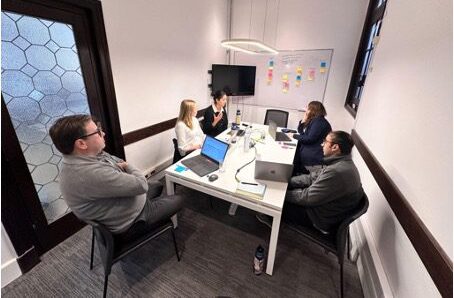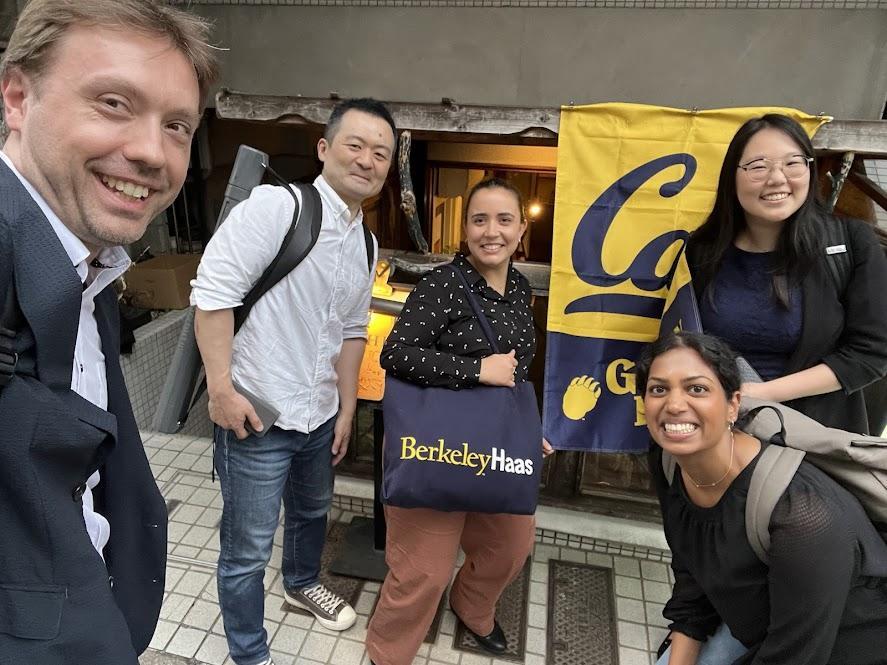Continued Reflections on Our Plastic Use
*POST 2: Written by Catherine Soler, Leslie Brian, Kelly Lamble, Scott Peacock and Sipian Wang
 This is a second post about our project in the Bay Islands. After spending three weeks answering the question, ““How might we provide clean drinking water to the communities of the Bay Islands without a plastic footprint?”, we are now examining the question,
This is a second post about our project in the Bay Islands. After spending three weeks answering the question, ““How might we provide clean drinking water to the communities of the Bay Islands without a plastic footprint?”, we are now examining the question,
“How has this project changed the way we look at our own plastic footprint?”
See reflections from our team members below.
Scott’s Reflections: Developing Gratitude and Empathy
There was a perception on the islands that the pollution is caused by a “live for today” mentality. But, it’s not about enjoying the day; it’s about surviving the day. How can someone worry about the future consequences of plastic waste when they are worried about food, water, and safety today? I have the means and time to plan for the future, but still, many things that I use for convenience, saving money, or fun have negative externalities. This experience has reinforced my appreciation for the benefits I have and has made me reconsider the conveniences I take at the expense of others.
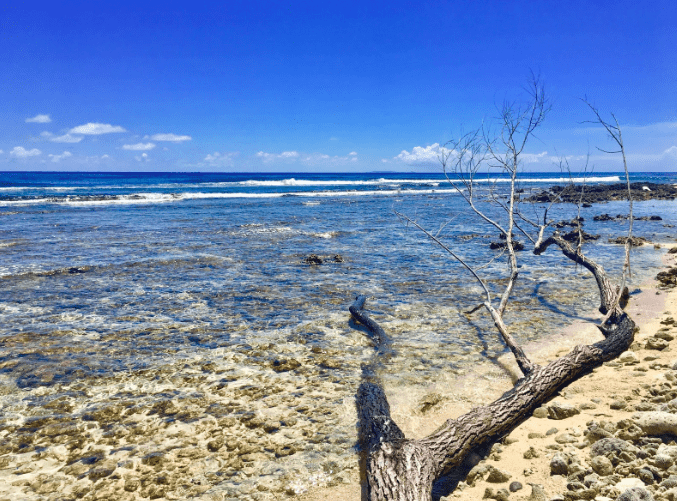
Kelly’s Reflections: Called to Action
As we slowly moved down Pumpkin Beach on Utila, methodically picking up pieces of plastic, my heart sank. A staggering number of microplastics dotted the white sand with blues and reds and greens. Even the most painstaking cleanup could never get all of those little pieces off the sand and into a trash bag.
Witnessing the effects of plastic pollution firsthand made me think about my voice as a consumer. What excuses do I tell myself for why I’m not able to make a bigger impact? Is there really not enough space in my kitchen to have trash, recycling, and compost bins? Is there really no way to avoid buying new consumables, like big coffee tins from Trader Joe’s or shampoo from Walgreens, instead of refilling them? Those small pieces of plastic littering that beach was the motivation I needed: I bought two new trash bins yesterday, and a bar of soap that came without packaging. These may be small steps, but if enough consumers start voicing their desire for less plastic and greater sustainability, companies will have no choice but to listen.
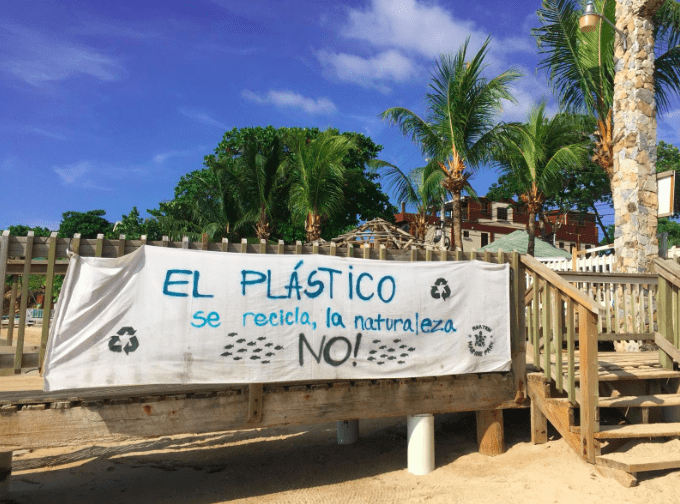
Catherine’s Reflections: Demystifying Plastic Perceptions
When we interviewed local people about their clean drinking water sources and plastic pollution, there was a pervasive sentiment that because we were from the US, we knew how to do things the right way. There was blind faith that, in America, we are free of single use plastic water bottles and all of our waste is composted or neatly packaged and disposed in environmentally friendly ways. Meanwhile, those same people were promoting sustainable straw use and drinking from 5 gallon jugs of water in their homes to reduce single use bottle waste – practices that are far and few between in the US. More so, by interacting with the communities on the Islands, I recognized many of my own behaviors that actually encourage plastic pollution and was inspired by their actions to change.
In a place like the US, we have the luxury of resources, education and expertise to make substantial plastic reduction and be a true ecological leader to others in the world. I hope that we act on that opportunity quickly and live up to the expectations that the rest of the world has for us. After this project, I hope to work to help local people feel empowered to design their own solutions to sustainability and have the confidence to share their practices with others. I am committed to learning more about how to reduce my own plastic footprint and find ways to inspire others around me to do the same.
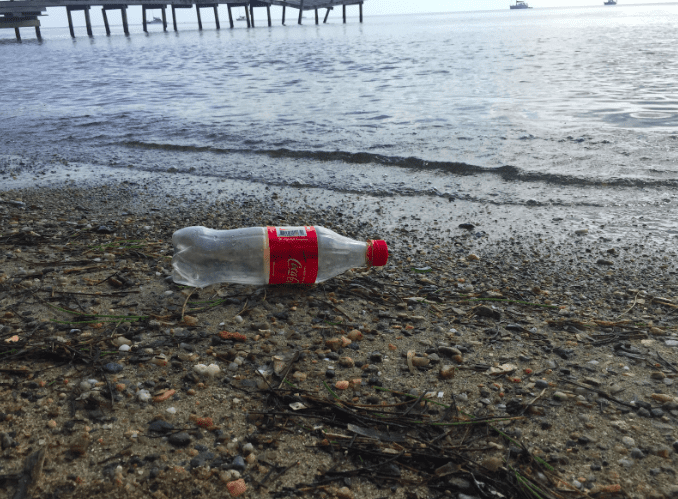 *
*

